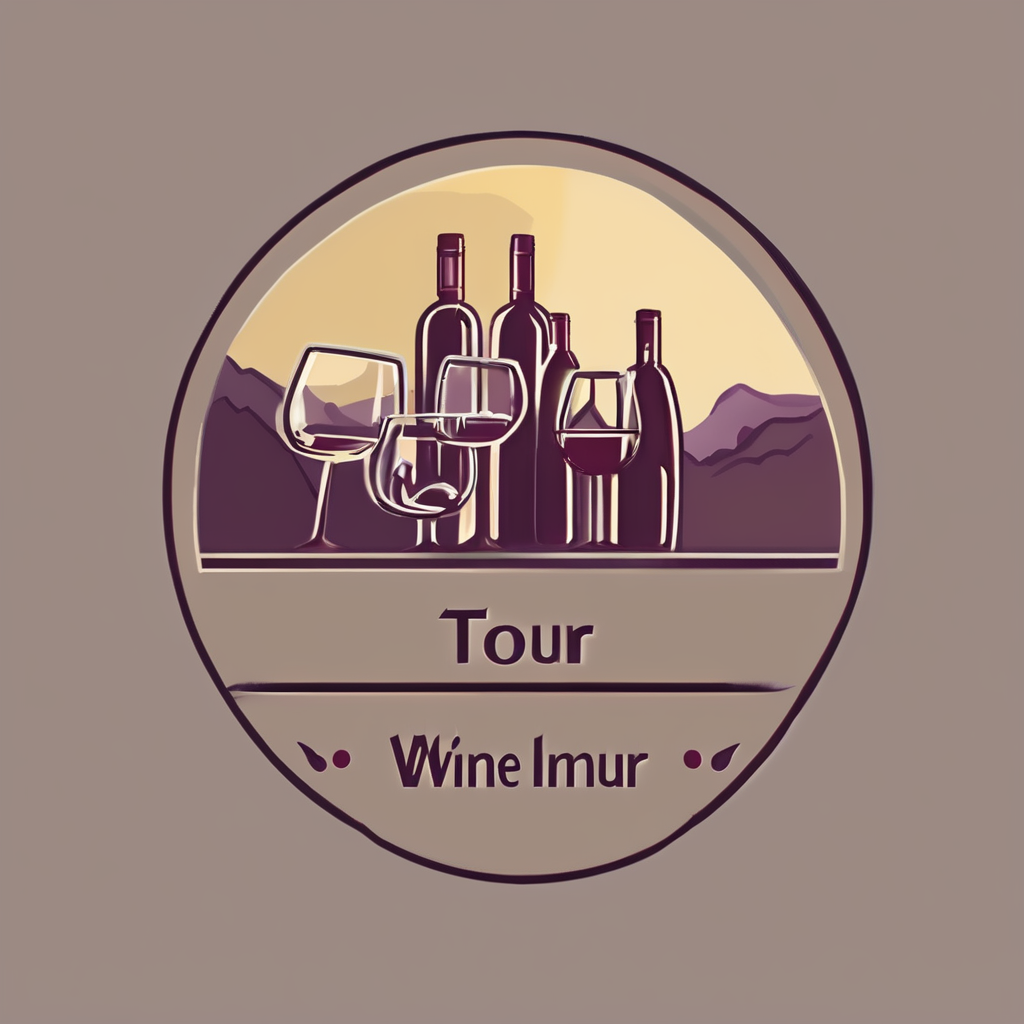Overview of Windsor’s Royal Significance
Windsor holds a profound position in British monarchy significance, encapsulating a rich Windsor royal history that stretches across centuries. Established as a royal residence in the 11th century, it became synonymous with the monarchy’s continuity and prestige. The town of Windsor is famed for embodying the deep ties between the historical context of the monarchy and its enduring traditions.
Key historical events have marked Windsor as a vital location for royal ceremonies and declarations. From the medieval reigns to the modern-era adaptations, it served as the backdrop for many critical decisions and events involving the monarchy. This legacy fortifies Windsor’s role as more than just a royal venue but a keeper of traditions that have shaped the UK’s royal customs over time.
Also to see : Uncover the Enduring Art of English Pottery: The Definitive Guide to Stoke-on-Trent’s Engaging Workshops
The influence of Windsor on royal traditions and ceremonies is indelible. As a venue for royal weddings and coronations, its architecture and surroundings reflect the pomp and grandeur of the monarchy’s rituals. Visitors exploring the royal ties in Windsor are often left with a sense of awe at how historical narratives are interwoven with the present, offering a meticulous panorama of royal history.
Key Landmarks and Monuments in Windsor
Windsor, a treasure trove of Windsor landmarks, offers visitors a unique glimpse into the royal architecture that stands as a testament to the British monarchy’s legacy. At the heart of these historical sites lies Windsor Castle, a prime example of Gothic and Georgian architectural styles, which not only impresses with its medieval fortifications but also hosts momentous royal events, attracting tourists from across the globe.
Also to discover : Unlock the Mysteries of British Espionage: Expert-Guided Historical Tours Revealed
Another gem is St. George’s Chapel, an excellent showcase of Gothic architecture from the 15th century. This chapel, nestled within the castle’s grounds, has been the venue for many significant royal ceremonies, such as weddings and funerals, offering an aura of solemnity and grandeur that captivates its visitors.
Perhaps the most iconic is The Long Walk, a three-mile avenue offering panoramic views of the castle and the surrounding landscapes. This splendid path, essential for royal processions, invites visitors to experience the enchanting blend of nature and history. Windsor’s landmarks thus serve as more than just architectural marvels; they enrich the narrative of the monarchy’s influence, becoming pivotal in shaping the regional identity.
Notable Events in Windsor’s Royal History
Windsor has hosted a multitude of royal events that underscore its importance in British monarchical tradition. As early as the medieval period, it served as a vital setting for many royal ceremonies. A prominent mention is the Order of the Garter Ceremony, celebrated annually at St. George’s Chapel, intertwining chivalry with royal rituals. These events accentuate the monarchy’s impact not only on Windsor but also on broader UK traditions.
In more recent history, the 1992 Windsor Castle fire presented the monarchy with challenges and opportunities. The meticulous restoration efforts that followed preserved Windsor’s historical integrity while modernising some areas—demonstrating the enduring resilience of its royal history. Such events have inevitably influenced local culture, turning Windsor into a living museum of Britain’s royal saga.
Anecdotes from significant royal gatherings, like the nuptials of Prince Harry and Meghan Markle in 2018, highlight Windsor’s role as a backdrop for historical moments—offering locals and visitors an intimate glimpse into Windsor history. For the residents, these events are woven into their daily lives, enhancing the cultural landscape of this emblematic town.
The Monarchy’s Influence on Windsor’s Culture
Nestled within Windsor’s bustling town life, the British monarchy’s influence is palpably interwoven with local cultural heritage. Customary practices and festivals echo royal traditions, highlighting Windsor’s enduring ties to the crown. The pageantry of royal events infuses the Windsor lifestyle, with residents and businesses frequently participating in celebrations commemorating historical milestones.
Royal tourism plays a pivotal role in shaping the local economy. The influx of visitors eager to experience Windsor’s rich history supports countless jobs and commercial ventures, from hotels to local artisans showcasing traditional craftsmanship. This economic boost underscores the symbiotic relationship between the monarchy and the town’s prosperity.
Community events further exemplify how royal history is celebrated and cherished. Local parades, exhibitions, and public commemorations weave the past with the present, fostering a sense of communal pride. Residents often find themselves interacting with members of the royal family during key events, strengthening bonds between the monarchy and the community.
Through these cultural dynamics, Windsor thrives as a vibrant testament to the monarchy’s influence, where past heritage continues to animate the modern fabric of life, leaving an indelible mark on Windsor’s identity.
Exploring Windsor Today
For those visiting Windsor, an abundance of activities awaits, richly embedded with the town’s royal heritage. Understanding the royal heritage tourism can significantly enhance a traveller’s experience, providing a deeper connection to Windsor’s historic narrative.
When planning a visit, several resources can illuminate your journey. Local guides and brochures often highlight pivotal Windsor landmarks and offer insights into royal traditions intertwined with modern living. Online travel forums and Windsor’s official tourism websites can provide practical planning tips, ensuring a seamless adventure through this regal locale.
Activities in Windsor cater to diverse interests, from scenic walks along The Long Walk to immersive tours of Windsor Castle. These experiences weave together history and present-day attractions, offering tourists a vibrant taste of Britain’s royal legacy.
For those keen on organised exploration, numerous tours focus on Windsor’s royal connections. These guided experiences often delve into the monarchy’s influence on the town’s culture and introduce stories of notable events. From self-guided walks to expert-led tours, options abound for embracing the royal allure of Windsor today.
